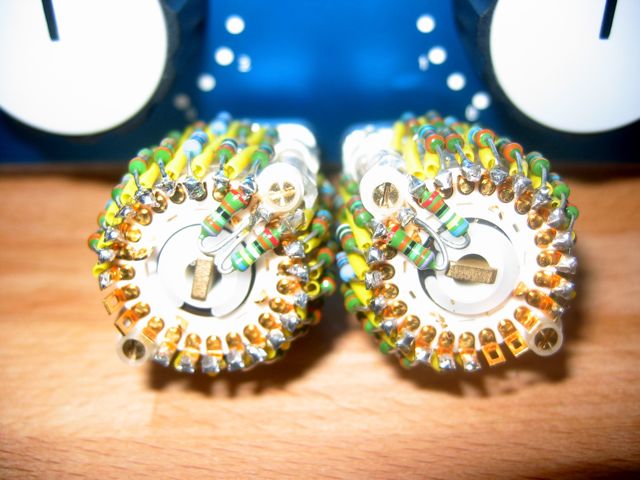Chuck, we have two transformers of identical ratios that counteract one another's gain. Unity+1 tube stage. Or, gain/gain/loss. Measure the level of a test tone at each point, and it should tell you something.
You haven't damaged your tubes. I'm 99% certain.
You haven't damaged your tubes. I'm 99% certain.




















![Soldering Iron Kit, 120W LED Digital Advanced Solder Iron Soldering Gun kit, 110V Welding Tools, Smart Temperature Control [356℉-932℉], Extra 5pcs Tips, Auto Sleep, Temp Calibration, Orange](https://m.media-amazon.com/images/I/51sFKu9SdeL._SL500_.jpg)


















